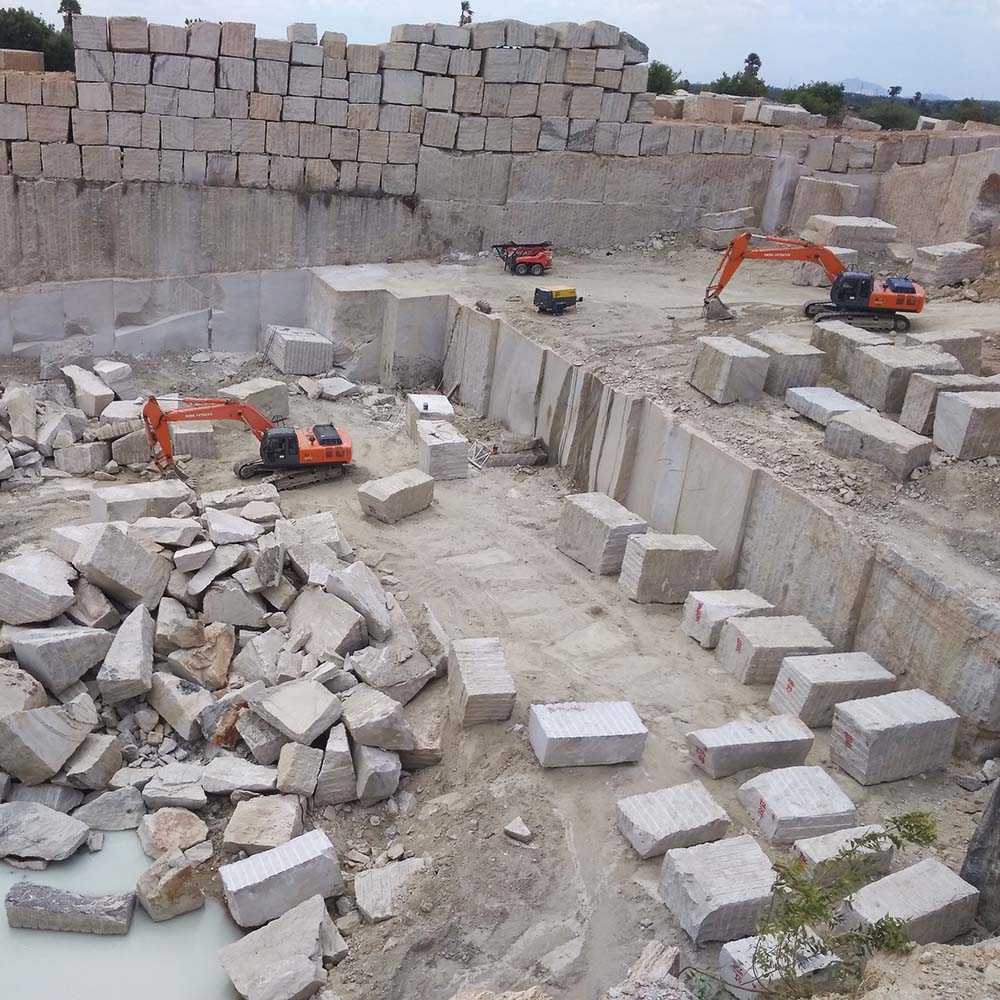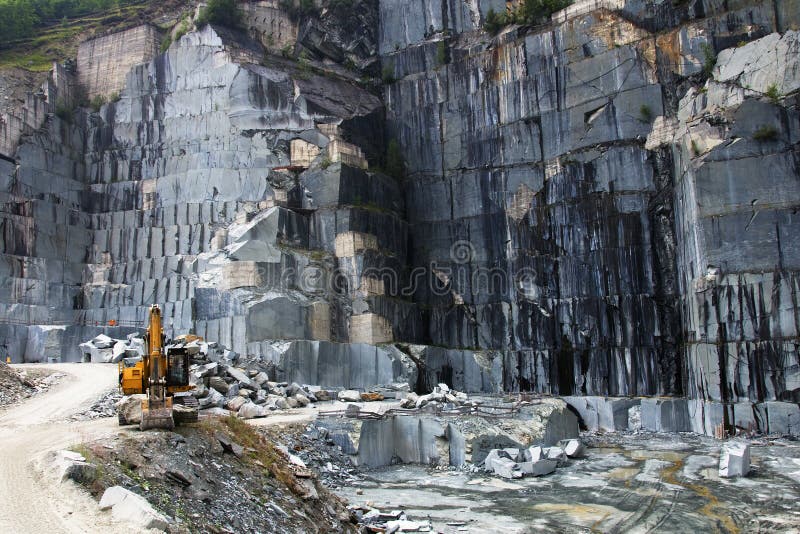Introducing Granite Quarries in South Africa Legacy: A Journey Via Quarries
Introducing Granite Quarries in South Africa Legacy: A Journey Via Quarries
Blog Article
Discovering the Rich History and Sustainable Practices of Granite Quarrying
As we depend on the precipice of uncovering the complex tapestry of granite quarrying, a trip through time exposes not simply the physical act of drawing out rock yet likewise the social and historical significance woven into the extremely textile of this technique. From the old origins that laid the foundation for modern quarrying techniques to the sustainable practices that are forming the future of this industry, each chisel mark on granite surfaces tells a story waiting to be discovered (granite quarries in south africa). The heritage of granite quarrying extends far beyond mere extraction; it is a testament to human ingenuity, durability, and the enduring allure of this magnificent rock
Ancient Origins of Granite Quarrying
Dating back to old civilizations, the method of quarrying granite has been an essential part of human background and building improvement. The earliest proof of granite quarrying go back to old Egypt, where massive pyramids and intricate sculptures were crafted from this resilient stone. The Egyptians used primitive tools to draw out granite blocks from quarries, showcasing the importance of this material in their monumental constructions.
Progressing in background, the Greeks also made substantial contributions to the quarrying of granite. The Greeks used granite in various architectural wonders, such as holy places and statuaries, showing their ability in shaping and carving this hardy stone. The Romans better improved the strategies of quarrying granite, employing innovative tools like blades and hammers to extract and form granite for their iconic structures.
Via the centuries, the technique of quarrying granite has actually progressed, with modern innovations enhancing performance while preserving the classic allure of this all-natural rock - granite quarries in south africa. From old people to contemporary builders, the tradition of granite quarrying proceeds to form our world
Development of Quarrying Techniques
The development of quarrying strategies has been noted by a continual progression in the direction of greater effectiveness and precision in drawing out granite. Early quarrying strategies entailed hands-on labor with standard devices such as blades, hammers, and wedges to extract granite blocks from the earth.
In more recent times, the introduction of equipment reinvented the quarrying sector, allowing quicker extraction prices and increased productivity. Technologies such as ruby cable saws, high-pressure water jets, and pneumatic drills have become typical in contemporary quarries, enabling specific cutting and reduced waste. Additionally, developments in computer-controlled equipment and 3D modeling have optimized quarrying operations, resulting in marginal environmental influence and boosted sustainability techniques. As the demand for granite proceeds to increase, the evolution of quarrying techniques remains integral to meeting industry needs effectively and sustainably.
Cultural Significance of Granite
Granite holds an extensive social value throughout different human beings as a result of its enduring visibility in architectural work of arts and respected monoliths. From the impressive pyramids of Egypt to the intricate makings of the Angkor Wat temple in Cambodia, granite has actually been a material of selection for sharing splendour and long life in social heritage. In old Rome, granite columns embellished holy places and public structures, signifying stamina and permanence. The social relevance of granite prolongs past its physical attributes; it personifies strength, security, and timelessness, making it an icon of enduring heritages and customs.

Lasting Practices in Quarrying
Among the rich history of granite quarrying and its cultural significance lies a growing emphasis on lasting methods within the sector. As environmental recognition and concerns regarding resource exhaustion have heightened globally, the quarrying field has increasingly welcomed sustainable approaches to decrease its effect on the setting and surrounding communities.

In addition, recovery and recovery of quarry sites post-extraction are indispensable to sustainable techniques. By restoring quarried areas to a natural or helpful state, such as producing wild animals environments or entertainment rooms, quarriers can counter the ecological footprint of their operations and contribute favorably to the neighborhood ecosystem.
Legacy of Granite Quarrying
With a historical background steeped in workmanship and commercial development, what withstanding influence has granite quarrying left on the landscape of contemporary culture? The legacy of granite quarrying goes beyond mere removal methods; it has actually shaped architectural wonders, urban landscapes, and cultural heritage worldwide. The resilient nature of granite has made it a recommended option for monoliths, buildings, and framework, standing as a testimony to the skill and creativity of quarry workers throughout generations.
Furthermore, the economic impact of granite quarrying can not be overlooked. The sector proceeds to provide employment possibility and drive regional economic situations in areas where granite extraction prevails. It has actually also spurred technological innovations in quarrying techniques and devices, causing extra effective and lasting methods.
In regards to sustainability, the tradition of granite quarrying consists of initiatives to minimize environmental influences through recovery projects and accountable resource administration. By stabilizing economic rate of interests with environmental stewardship, the industry aims to ensure that pop over to these guys future generations can remain to gain from this enduring all-natural resource.
Final Thought

Report this page